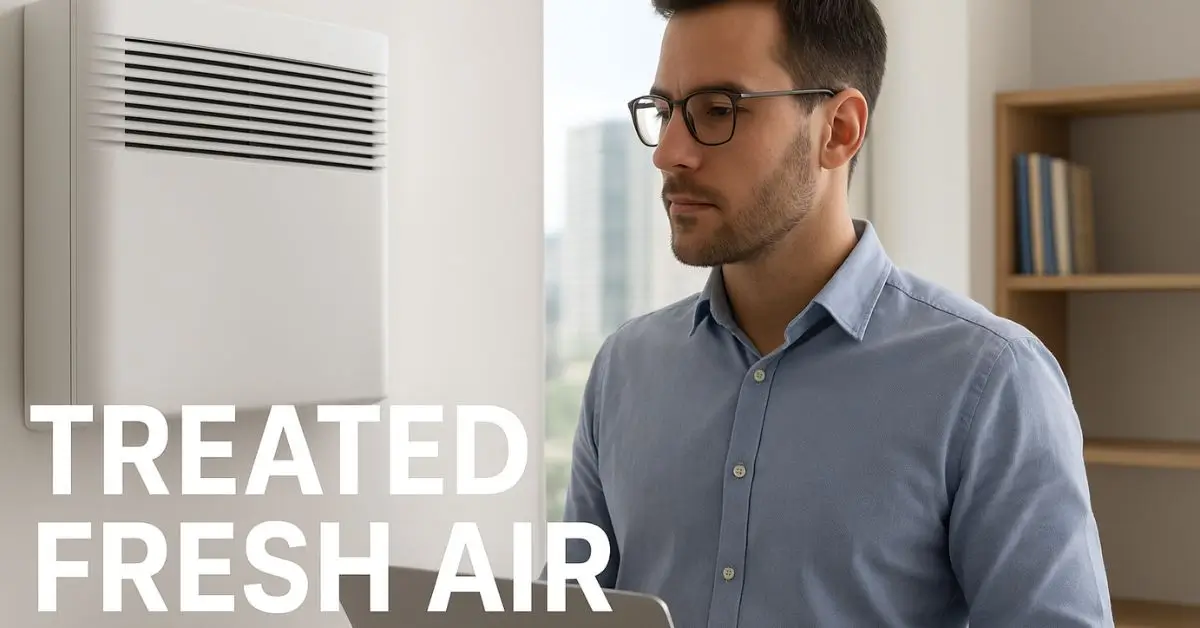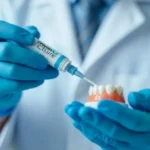Whether you’re an HVAC engineer, facility manager, homeowner, or simply someone worried about air quality, you’ve probably asked yourself: Is the air I’m breathing safe and efficient? That’s where treated fresh air (TFA) comes in. Unlike plain outdoor air, treated air is cleaned and adjusted to maintain comfortable temperatures and humidity levels.
For hospitals, it’s a lifesaver. For schools, it’s a productivity booster. And for homes, it’s peace of mind that your family isn’t breathing allergens or pollutants. Let’s dive into how treated fresh air works, why it’s different from recirculated air, and how it impacts health, energy bills, and compliance with industry standards.
Quick Answer
Treated fresh air is outdoor air that’s conditioned — filtered, cooled, heated, or dehumidified — before entering a building. This process ensures healthier indoor air quality, energy efficiency, and compliance with ventilation standards.
What Is Treated Fresh Air in HVAC?
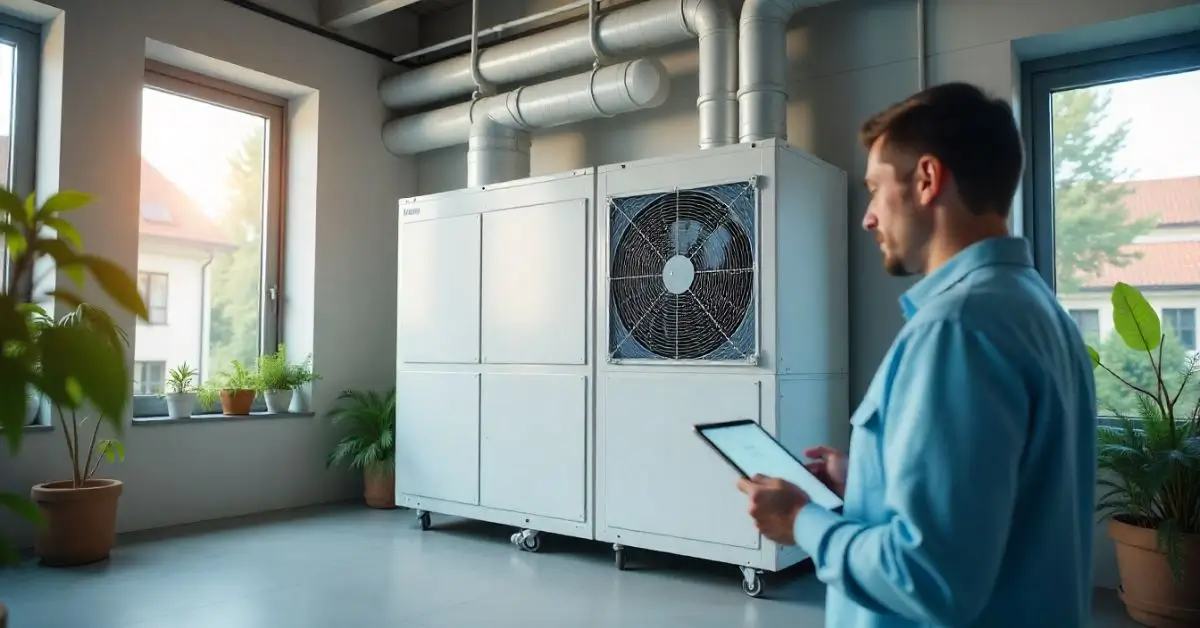
Treated fresh air in HVAC systems refers to outdoor air that passes through a Fresh Air Treatment Unit (FATU) or Treated Outdoor Air Unit (TOAU). The system filters dust, controls humidity, and adjusts temperature before delivering it indoors.
Key Components of a Treated Fresh Air Unit (TFAU):
- Filters: Trap dust, pollen, and pollutants.
- Cooling or heating coils: Adjust temperature for comfort.
- Dehumidifiers/humidifiers: Balance moisture levels.
- Energy Recovery Ventilation (ERV): Reduces energy waste by reusing heat or coolness from exhaust air.
Difference Between Fresh Air and Treated Fresh Air
| Feature | Fresh Air (Untreated) | Treated Fresh Air |
|---|---|---|
| Source | Directly from outdoors | Conditioned before supply |
| Quality | May contain dust, allergens, pollutants | Clean, filtered, temperature- and humidity-controlled |
| Comfort | Varies with weather | Consistent comfort |
| Energy Impact | Can strain HVAC systems | Optimized with ERV and AHU systems |
Benefits of Treated Fresh Air in Buildings
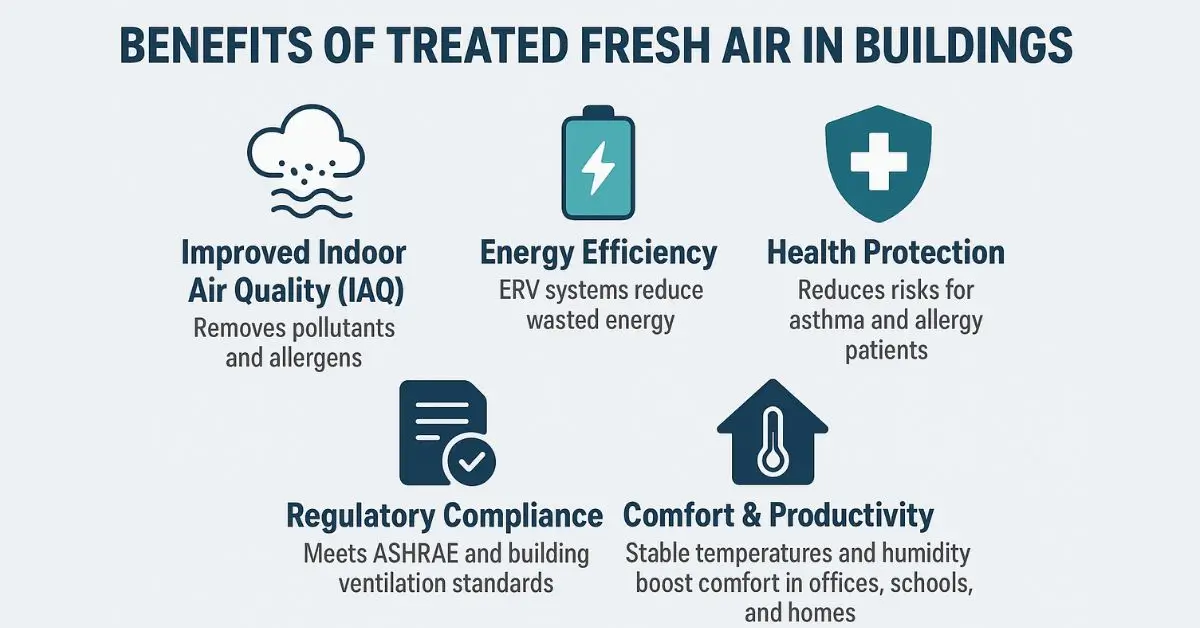
- Improved Indoor Air Quality (IAQ): Removes pollutants and allergens.
- Energy Efficiency: ERV systems reduce wasted energy.
- Health Protection: Reduces risks for asthma and allergy patients.
- Regulatory Compliance: Meets ASHRAE and building ventilation standards.
- Comfort & Productivity: Stable temperatures and humidity boost comfort in offices, schools, and homes.
How Does a Treated Fresh Air Unit Work?
Think of it as an air spa. Outdoor air enters the system, gets filtered, cooled or heated, and then adjusted for humidity. By the time it reaches your living room, office, or hospital ward, it’s fresh, clean, and comfortable.
Treated Fresh Air in Different Settings
1. Hospitals and Healthcare Facilities
- Strict infection control requirements.
- TOAUs ensure constant clean air exchange.
- Helps protect vulnerable patients.
2. Schools and Universities
- Reduces absenteeism from allergies and illness.
- Creates a more focused learning environment.
3. Homes and Apartments
- Keeps mold, dust, and pollutants out.
- Works with ducting and AHU systems to maintain comfort.
4. Commercial and Industrial Spaces
- Meets ASHRAE and OSHA ventilation standards.
- Optimizes energy usage in large-scale HVAC systems.
Why Is Treated Fresh Air Important for Indoor Air Quality?
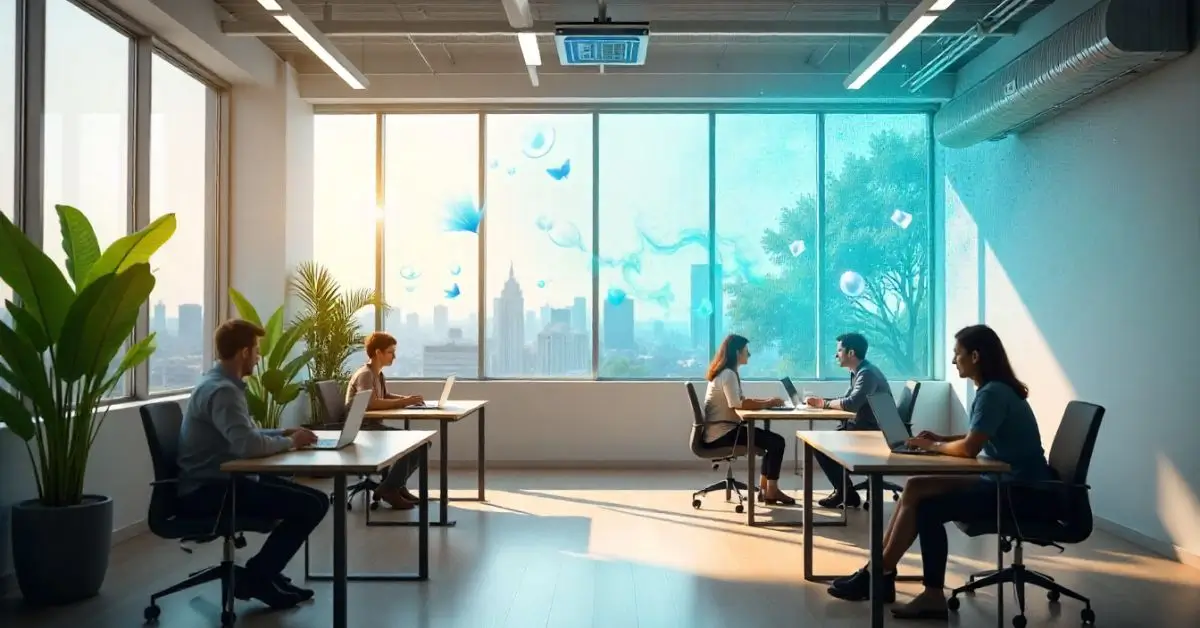
Indoor spaces can trap pollutants, volatile organic compounds (VOCs), and CO₂. According to Harvard.edu, poor ventilation is linked to reduced cognitive function and higher health risks. Treated fresh air reduces these risks, providing a healthier, safer indoor environment.
Energy-Efficient Treated Fresh Air Solutions
- Energy Recovery Ventilation (ERV): Captures energy from exhaust air.
- Demand-Controlled Ventilation: Adjusts air supply based on occupancy.
- Smart HVAC Controls: Monitors IAQ and optimizes air treatment automatically.
EXPERT ANSWER
What is treated fresh air in HVAC?
It’s outdoor air that’s conditioned for temperature, humidity, and cleanliness before entering the indoor environment.
Difference between treated fresh air and recirculated air?
Recirculated air is reused indoor air, while treated fresh air comes directly from outside but is filtered and conditioned before supply.
How do you calculate treated fresh air requirement for buildings?
ASHRAE standards (ashrae.org) provide formulas based on occupancy, floor area, and building type. Engineers use these guidelines to size units correctly.
What’s the cost of installing a treated fresh air system?
Costs vary depending on building size and equipment, but ranges typically start around $5,000–$15,000 for residential and much higher for commercial.
Best Practices for Maintaining Treated Fresh Air Units
- Change filters regularly.
- Inspect ducting for leaks.
- Clean coils and dehumidifiers.
- Monitor sensors for temperature and humidity.
FAQs
Q1: How does a treated fresh air system improve health?
By filtering out allergens and pollutants, it reduces risks for asthma and respiratory issues.
Q2: Is treated fresh air necessary for homes?
Not always, but it’s highly recommended in polluted cities, humid climates, and homes with allergy-prone occupants.
Q3: Can treated fresh air save energy?
Yes. With ERV systems, it reuses heat or coolness from outgoing air, cutting energy bills significantly.
Author Bio
Written by Alex Carter, an experienced content writer specializing in HVAC, energy, and health technology. With a background in Environmental Studies and 5+ years of writing for engineering and health publications, Alex helps bridge technical knowledge with reader-friendly content.

